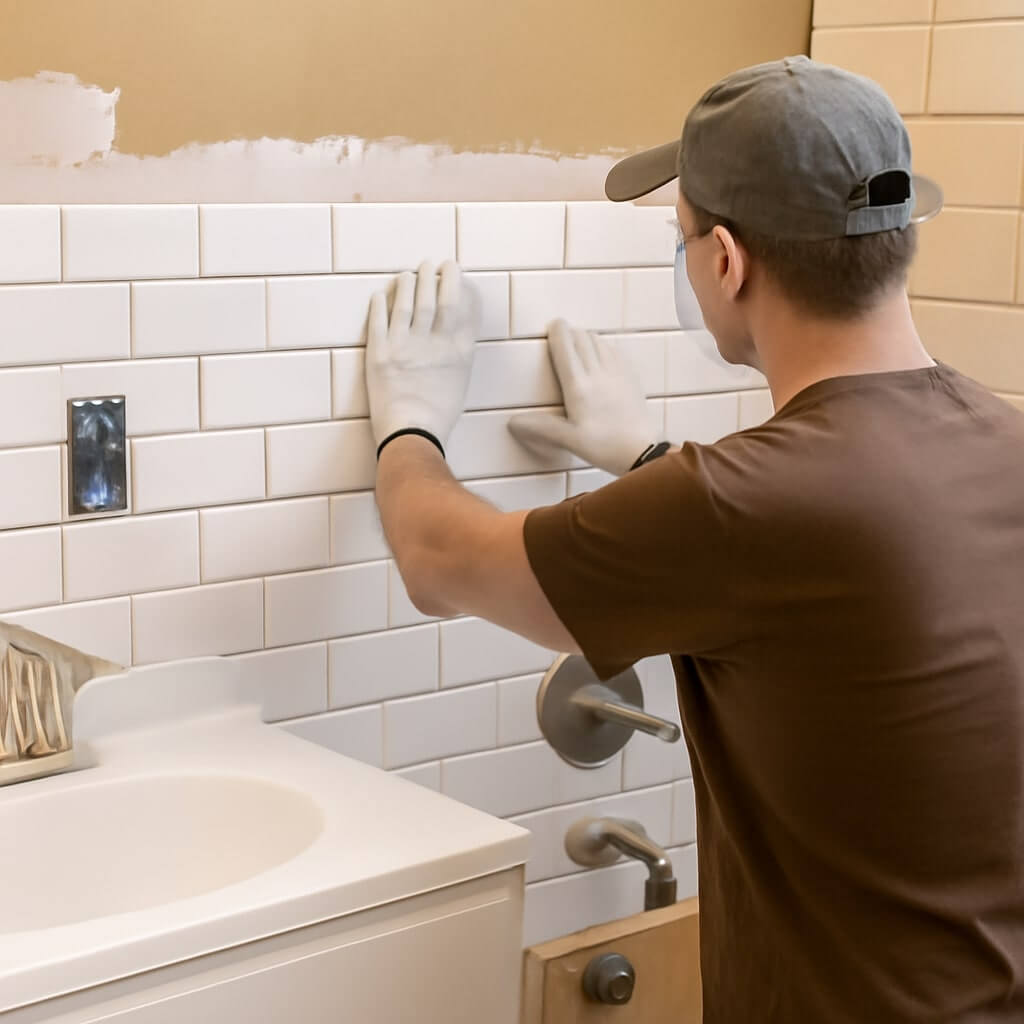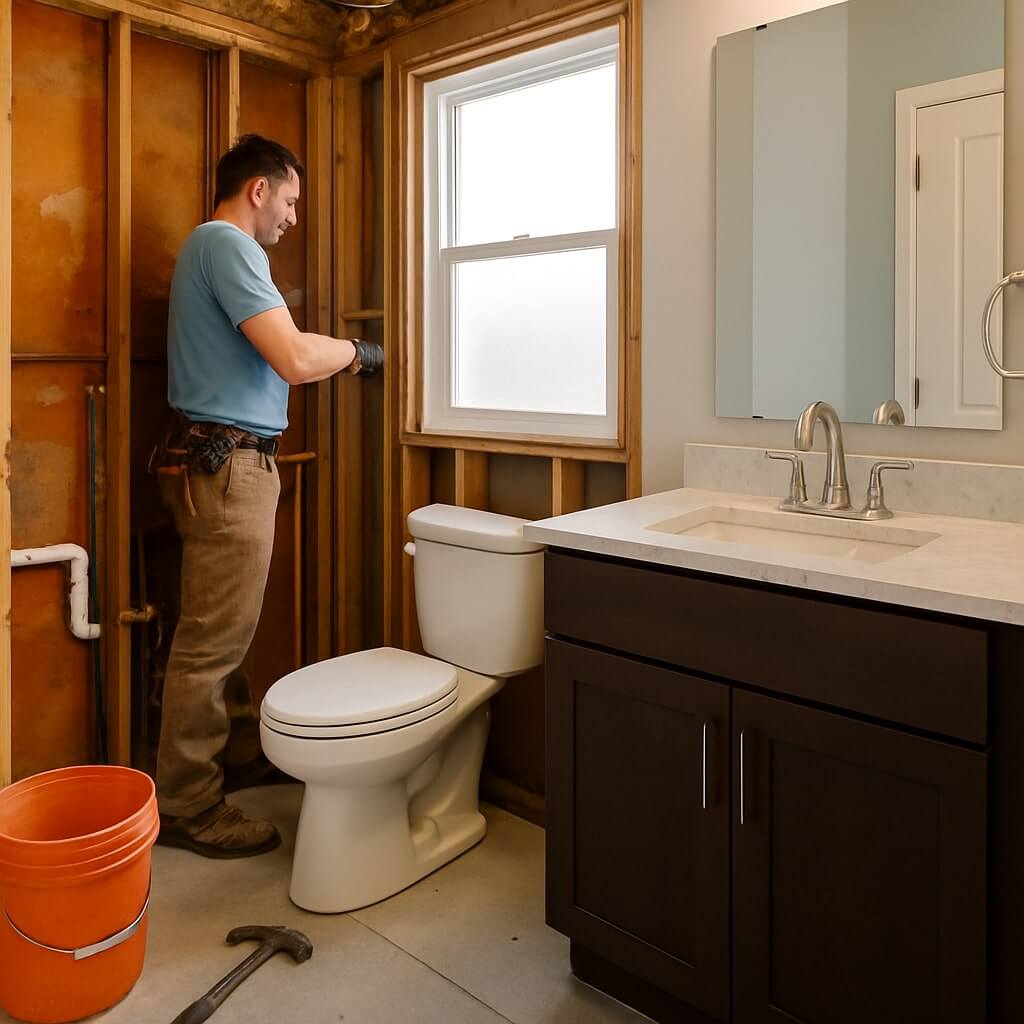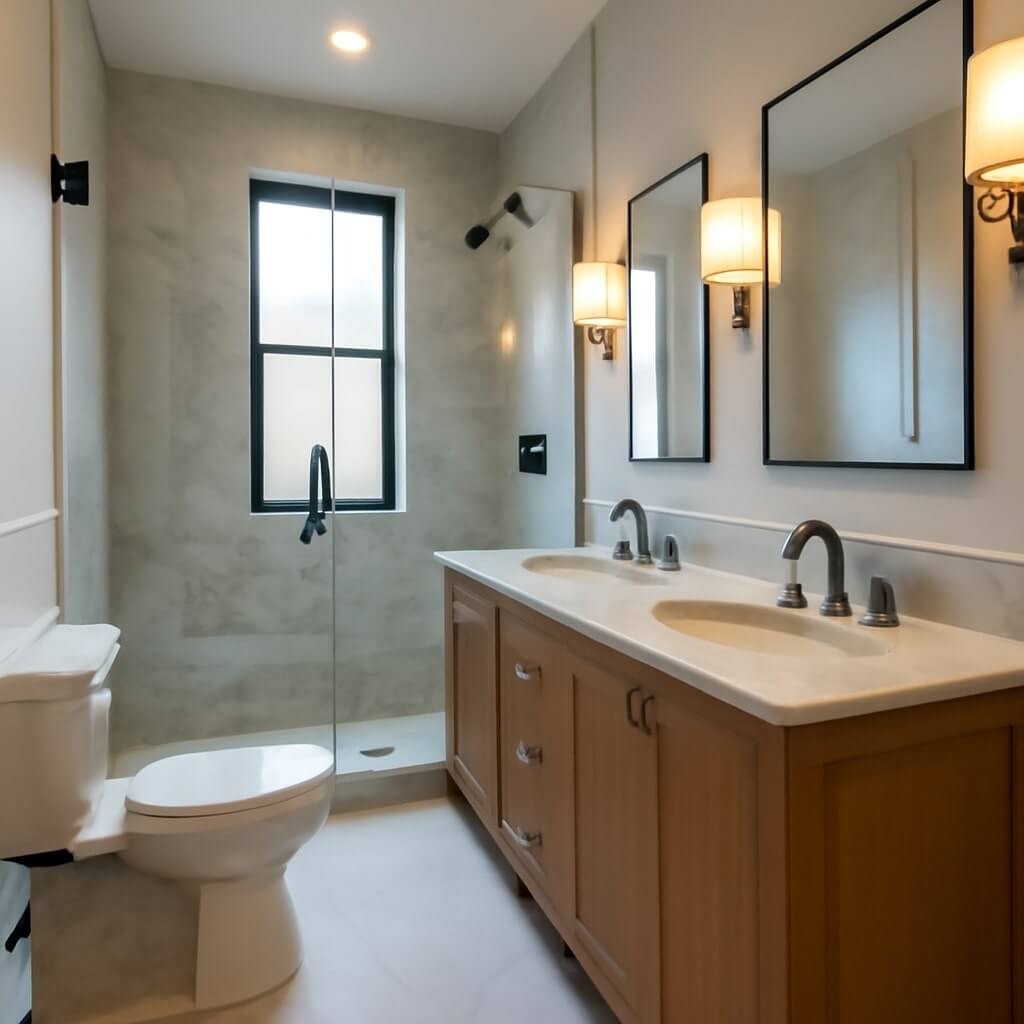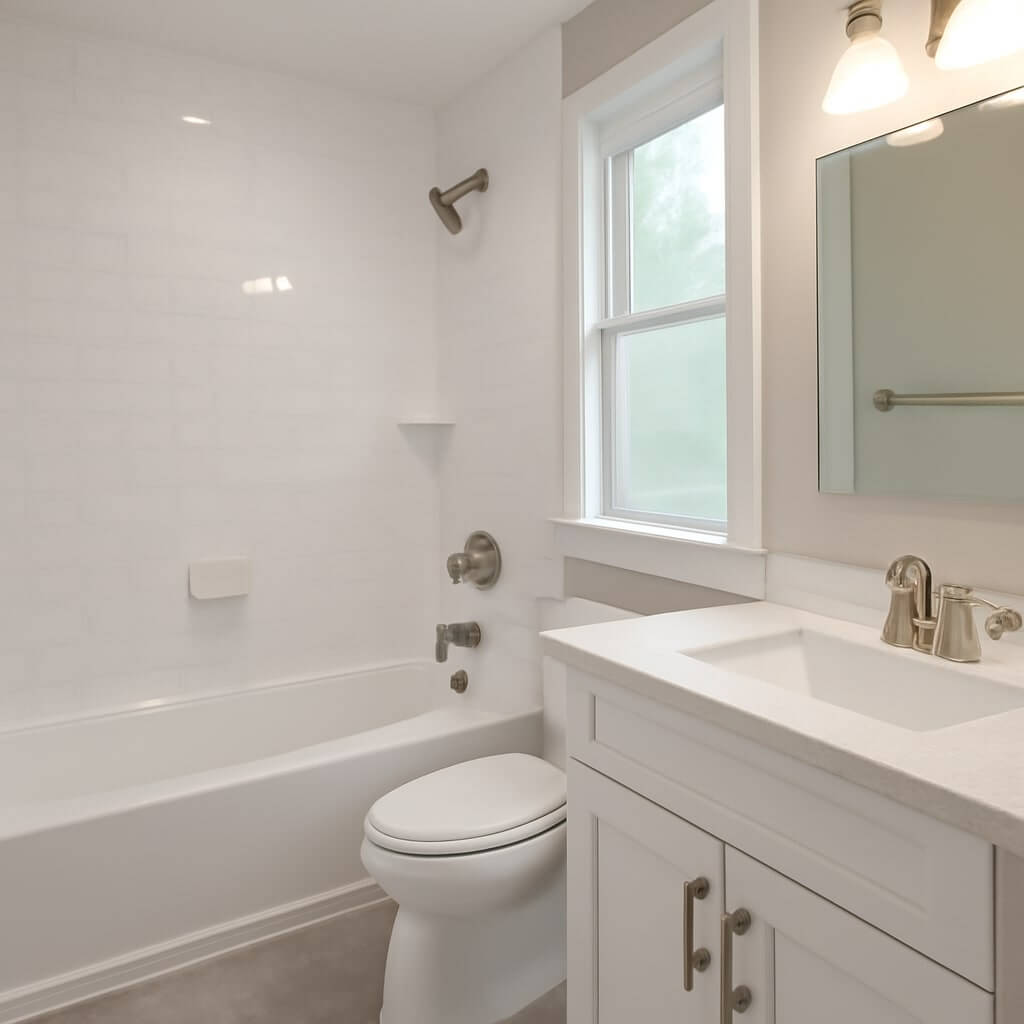Renovating a bathroom is a great way to improve the aesthetics and functionality of your home. However, many homeowners wonder whether they need a permit to remodel their bathroom. Understanding the legal requirements for home improvements is crucial to avoid fines, delays, or unsafe renovations. In this article, we’ll dive into the various aspects of bathroom remodeling permits, including when you need one, what they cover, and how to navigate the permit process.
What Is a Bathroom Remodel Permit?
A bathroom remodel permit is an official authorization issued by your local building authority that grants permission to begin construction or renovation work on your bathroom. It ensures that your remodel complies with local building codes, safety regulations, and zoning laws. A permit is typically required for major renovations but may not be necessary for smaller projects.
When Do You Need a Permit for a Bathroom Remodel?
While not all bathroom remodels require a permit, several factors can determine if one is necessary. Here’s a breakdown of when you typically need a permit:
1. Changing Plumbing or Electrical Systems
If your remodel involves altering plumbing or electrical systems, you will likely need a permit. This includes relocating pipes, installing new fixtures, or adding electrical outlets or lighting. Altering these systems can affect the safety of your home, which is why building authorities require permits to ensure compliance with codes.
2. Structural Changes
Any structural changes, such as removing or adding walls, moving a window, or expanding the bathroom, typically require a permit. These changes may impact the integrity of the home or the distribution of weight and should be inspected for safety.
3. Changing the Layout
If you plan to reconfigure the layout of your bathroom, especially if it involves moving major fixtures like the toilet, sink, or shower, you will likely need a permit. Moving fixtures often requires adjustments to plumbing and electrical wiring, which must meet code standards.
4. Replacing the Floor or Walls
In some cases, replacing tiles, flooring, or walls may require a permit. However, if the work is purely cosmetic and does not involve significant structural or plumbing changes, it may not be necessary. Always check with your local building department for specifics.
5. Installing a New Ventilation System
Improper ventilation in a bathroom can lead to moisture buildup, mold, and other issues. If your remodel includes installing a new ventilation system, such as a fan or exhaust system, a permit may be required to ensure proper airflow and drainage.
How to Apply for a Bathroom Remodel Permit
Applying for a bathroom remodel permit involves several steps. Here’s a general guide to help you navigate the process:
- Check Local Requirements: Start by contacting your local building department or checking their website to understand the specific requirements in your area. Some municipalities may have online permit applications or guides.
- Prepare Your Plans: You may need to submit detailed plans that show the scope of the remodel. These plans should include the layout of the bathroom, the location of plumbing and electrical systems, and any structural changes.
- Submit the Application: Complete the application forms, which will ask for project details, your contact information, and the scope of work. Include any necessary fees as part of the submission.
- Wait for Approval: Once submitted, the building department will review your plans and determine if they comply with building codes and regulations. This process can take anywhere from a few days to a few weeks, depending on your location and the complexity of your remodel.
- Inspection: After you receive approval and start the remodel, you may need to schedule inspections to ensure that the work is done according to the approved plans. Inspections typically occur at various stages of the remodel, such as after plumbing or electrical work is completed.
- Final Approval: Once the project is complete, the building department may conduct a final inspection to ensure the work meets all safety and code standards. If everything is in order, you will receive final approval for your remodel.
Cost of a Bathroom Remodel Permit
The cost of a bathroom remodel permit can vary widely depending on your location, the scope of the project, and the complexity of the remodel. On average, permit fees can range from $50 to $500 or more. Be sure to check with your local building department to get an accurate estimate of permit costs for your specific project.
Potential Consequences of Remodeling Without a Permit
Renovating your bathroom without the proper permit can have serious consequences. These include:
- Fines and Penalties: If your remodel is discovered without the proper permit, you may face fines or penalties from your local building authority.
- Safety Hazards: Unpermitted work may not meet safety codes, potentially leading to hazardous conditions such as plumbing leaks, electrical issues, or structural instability.
- Difficulty Selling Your Home: When selling your home, potential buyers may request documentation for any remodels. If you’ve done work without permits, it could be difficult to prove that the renovations were done safely and legally.
- Costly Repairs: If an unpermitted remodel is discovered during an inspection, you may be required to undo the work and start over, leading to additional costs and delays.
Common Bathroom Remodel Projects That Don’t Require a Permit
While major renovations often require permits, there are certain projects that typically do not:
- Repainting walls and ceilings
- Replacing existing bathroom fixtures (like faucets or mirrors)
- Installing non-permanent additions like shelving or towel bars
- Replacing or installing new flooring if it does not affect plumbing or structural elements
FAQ
The need for a permit depends on the scope of the remodel. Significant changes like altering plumbing or electrical systems, structural changes, or reconfiguring the layout usually require a permit. For minor updates like painting or replacing fixtures, a permit is typically unnecessary.
No, starting work before obtaining a permit can lead to fines or penalties. Always wait until you have the necessary approvals before beginning your bathroom remodel.
If you remodel without a permit, you may face fines, safety hazards, and complications when selling your home. Additionally, you might be required to remove or redo the work.
The time required to obtain a permit can vary. In most cases, it takes a few days to a few weeks to process the application and get approval.
Permit fees vary by location and the complexity of the project. On average, bathroom remodel permits cost between $50 and $500.
Conclusion
Understanding whether you need a permit for your bathroom remodel is essential to ensure that your renovation complies with local building codes and safety standards. While small, cosmetic changes may not require permits, more extensive work—especially involving plumbing, electrical systems, or structural alterations—usually does. Always check with your local building department, prepare the necessary documents, and submit your application well in advance of starting the work. By securing the proper permits, you can ensure that your remodel is safe, legal, and hassle-free.




